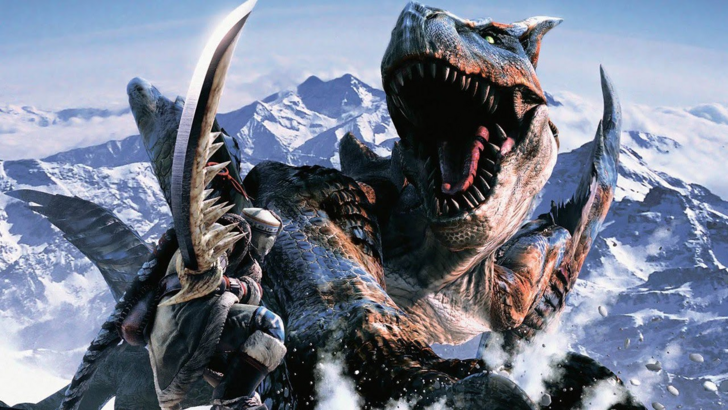
Monster Hunter is renowned for its diverse weapon types and engaging gameplay, but did you know that even more weapons have been left out of newer games? Dive into the history of Monster Hunter weapons and discover more about this iconic series.
← Return to Monster Hunter Wilds' main article
History of Weapon Types in Monster Hunter
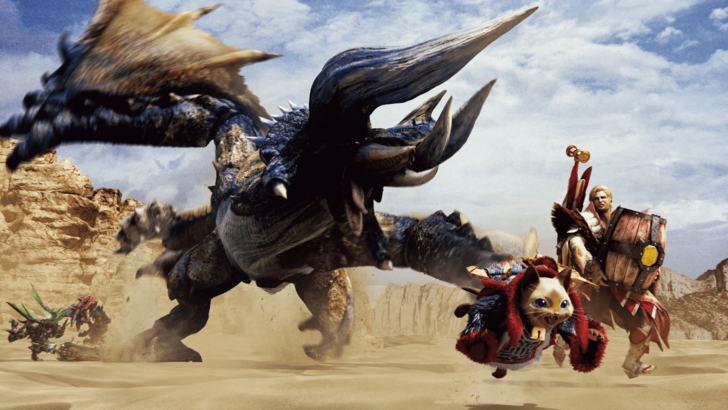
Monster Hunter has been captivating players for over two decades since its debut in 2004. One of its hallmarks is the variety of weapon types available, each with unique strengths, weaknesses, movesets, and mechanics. Monster Hunter Wilds will feature fourteen different weapon types, each offering a distinct playstyle for hunters to master.
The evolution of these weapons from their initial versions to the latest iterations is remarkable. Moreover, there are weapons from older games that never made it to the West. Let's explore the rich history of Monster Hunter, focusing on the evolution of its weapons.
First Generation
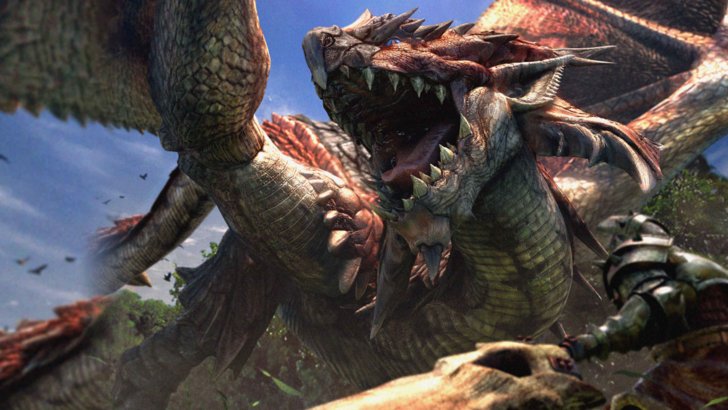
The first generation of Monster Hunter introduced several iconic weapons that have evolved significantly over time.
Great Sword
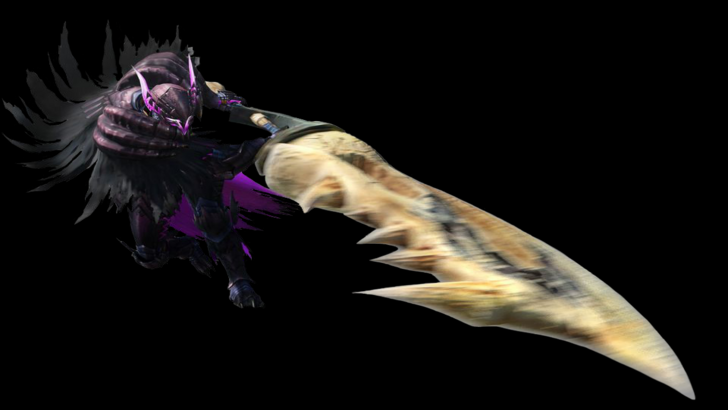
The Great Sword, a staple since the series' inception in 2004, is known for its high damage output but slow movement. In the original game, it was designed for hit-and-run tactics, with a unique feature where hitting a monster with the middle of the blade dealt more damage. Monster Hunter 2 introduced the Charged Slash, a move that has become a defining feature of the weapon. Subsequent games added more finishers and improved the fluidity of combos, culminating in the shoulder tackle in Monster Hunter World, which allows for quicker access to charged attacks. The Great Sword remains a weapon with a low skill floor but a high skill ceiling, rewarding players who can maximize their damage output.
Sword and Shield
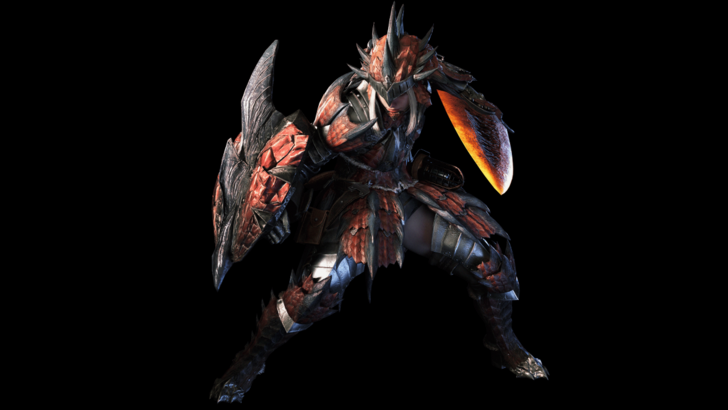
The Sword and Shield is celebrated for its versatility, offering balanced damage, quick combos, and the ability to block. Initially designed for beginners, it has evolved with added mechanics like item usage without sheathing in Monster Hunter 2, shield bash combos in Monster Hunter 3, and the Perfect Rush combo in Monster Hunter World and Monster Hunter Rise. Despite its short range and lower damage, the Sword and Shield is a jack-of-all-trades, excelling in mobility and utility.
Hammer
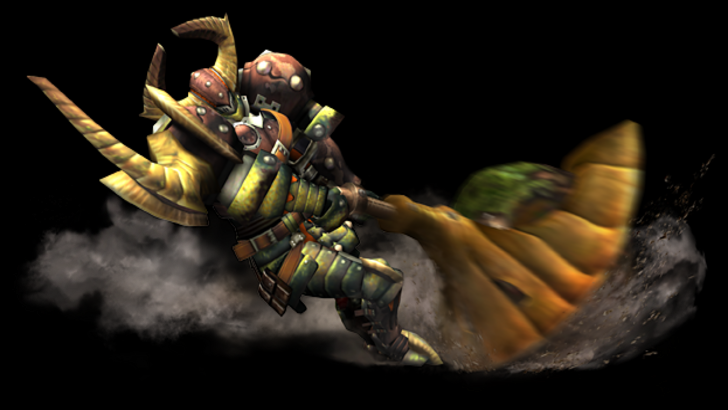
The Hammer, focusing on blunt damage, is renowned for its ability to stun monsters by targeting their heads. Its playstyle, similar to the Great Sword, emphasizes hit-and-run tactics but with higher mobility. The weapon's charge mechanic allows movement while charging, and significant changes in Monster Hunter World and Monster Hunter Rise introduced new attacks like the Big Bang and Spinning Bludgeon. The Hammer's simplicity belies its depth, rewarding players who master its charge mechanics and mode switching.
Lance
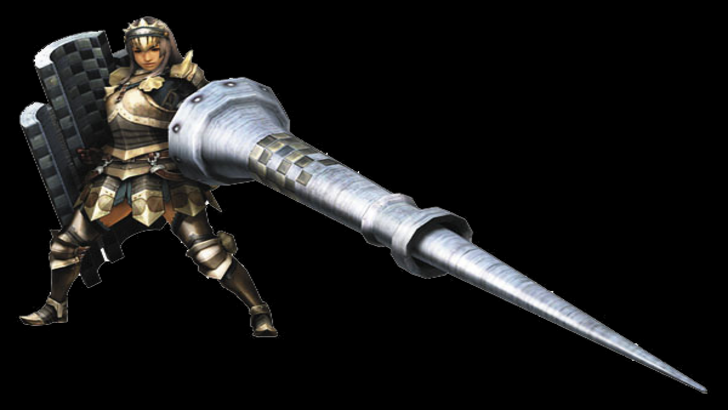
The Lance embodies the principle that a strong defense can be a powerful offense. With its long reach and large shield, it excels at blocking attacks and maintaining a safe distance. Its playstyle is akin to an outboxer, focusing on poking from a distance while staying protected. The addition of a Counter mechanic in later games reinforced its defensive identity, making it a unique choice for players who prefer a more stationary approach.
Light Bowgun

The Light Bowgun, a ranged weapon from the first generation, offers mobility and quick reloads at the cost of firepower. Its customization options, including long barrels and silencers, allow for tailored playstyles. The introduction of the Critical Distance mechanic in Monster Hunter 4 added depth to ranged combat, while Monster Hunter World's Wyvernblast further enhanced its offensive capabilities. The Light Bowgun remains a versatile choice for players seeking a balance between mobility and firepower.
Heavy Bowgun

The Heavy Bowgun, introduced in the first generation, is the series' premier ranged weapon, offering high damage and a variety of ammunition types. Its slow movement is offset by its flexibility and customization options, including a shield for blocking. The introduction of Siege Mode in Monster Hunter 3 and special ammo types like Wyvernheart and Wyvernsnipe in Monster Hunter World added new layers to its gameplay. The Heavy Bowgun is ideal for players who enjoy strategic preparation and powerful artillery.
Dual Blades
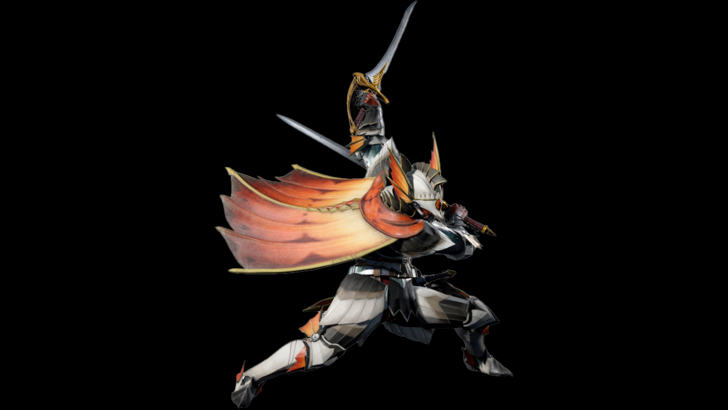
The Dual Blades, known for their speed and multi-hitting attacks, excel at inflicting status ailments and elemental damage. Introduced in the Western release of the first game, they focus on fluid combos and the Demon Mode, which increases damage at the cost of stamina. The introduction of the Demon Gauge and Archdemon Mode in later games transformed the weapon's gameplay, encouraging players to maintain the powered-up state for maximum effectiveness.
Second Generation
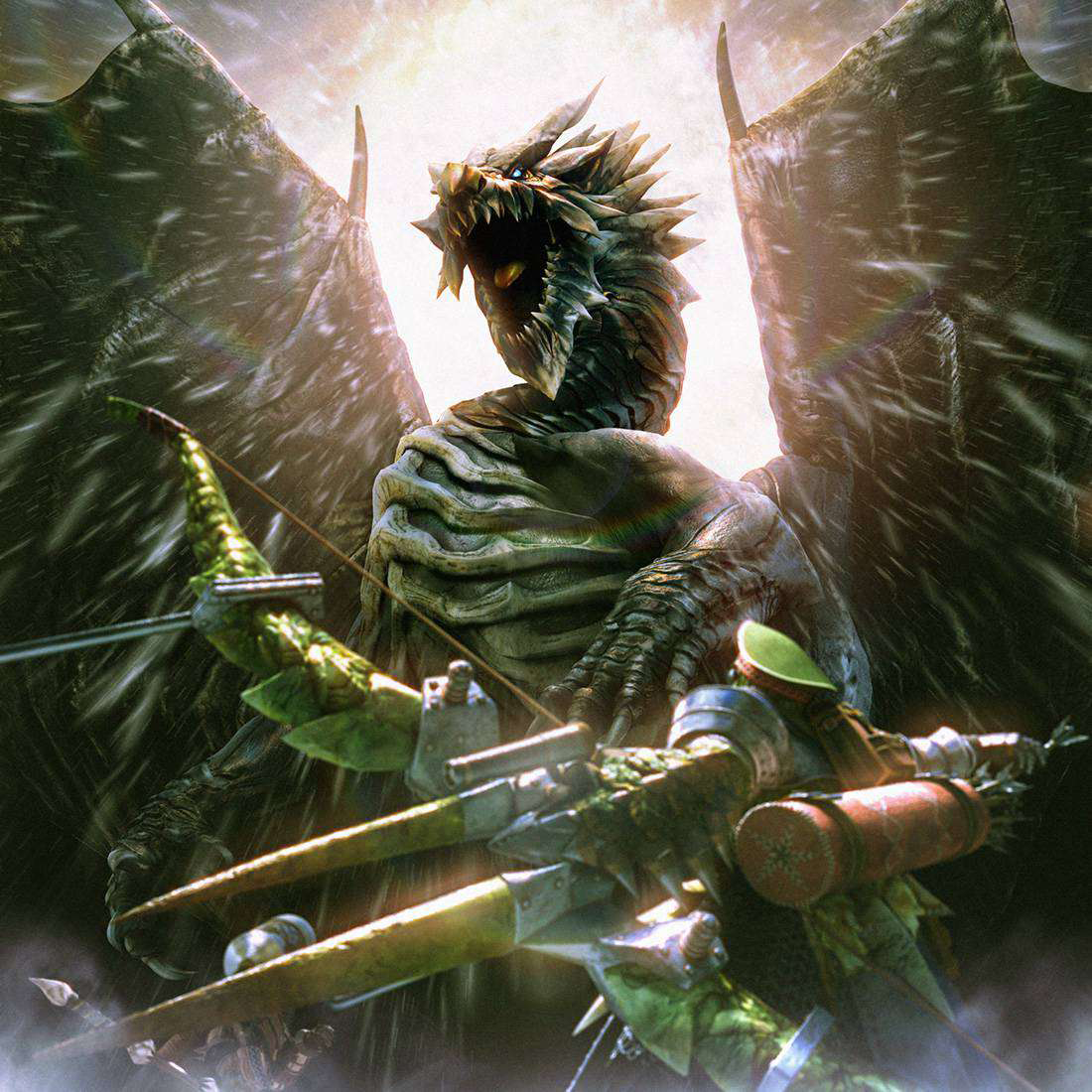
The second generation of Monster Hunter games introduced new weapons that built upon the originals.
Long Sword
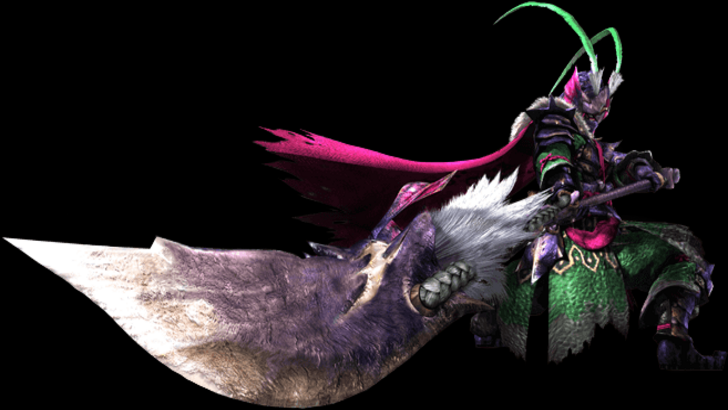
The Long Sword, introduced in Monster Hunter 2, is known for its fluid combos and high damage output. Its Spirit Gauge mechanic, filled by landing attacks, allows access to the powerful Spirit Combo. Monster Hunter 3 added new levels to the Spirit Gauge and the Spirit Roundslash finisher, while Monster Hunter World introduced the Foresight Slash for parrying and the Spirit Thrust Helm Breaker. The Long Sword's evolution has made it a dynamic weapon that blends combo-based offense with counter-based play.
Hunting Horn
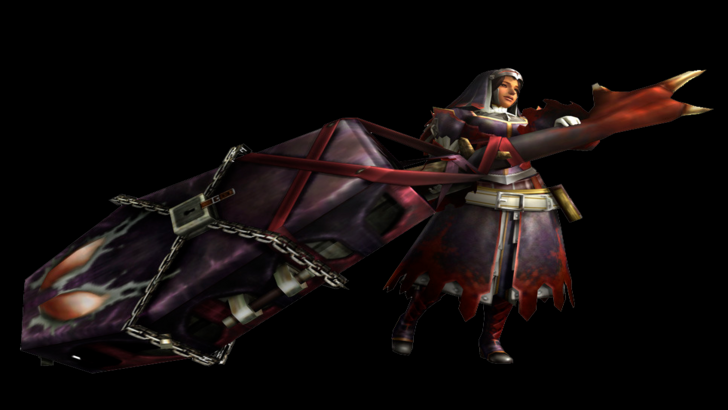
The Hunting Horn, introduced in Monster Hunter 2, is the series' support weapon, offering buffs through its Recital mechanic. While it deals impact damage like the Hammer, its primary role is to provide beneficial effects to the team. Monster Hunter 3 Ultimate allowed notes to be played while attacking, and Monster Hunter World introduced song queuing and Echo Notes. Monster Hunter Rise overhauled the weapon, simplifying its mechanics but making it more accessible and fluid in combat.
Gunlance
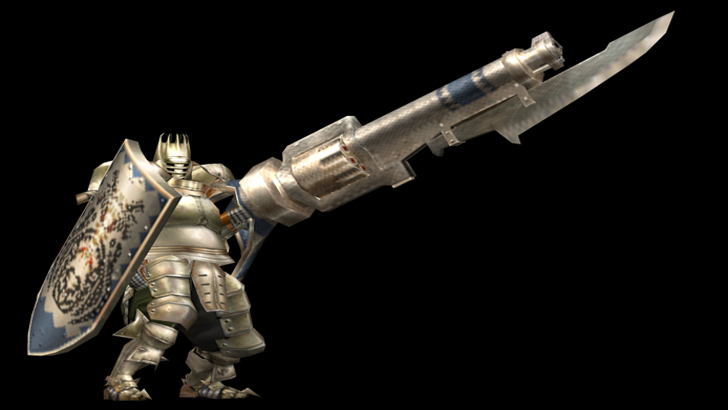
The Gunlance, introduced in the second generation, combines the Lance's defensive capabilities with explosive shelling. Its unique Shelling Abilities and the Wyvern's Fire finisher set it apart from other weapons. Monster Hunter 3 added a quick reload mechanic and the Full Burst attack, while Monster Hunter X introduced the Heat Gauge. Monster Hunter World's Wyrmstake Shot further enhanced its aggressive playstyle, making the Gunlance a balanced choice for players who enjoy a mix of offense and defense.
Bow
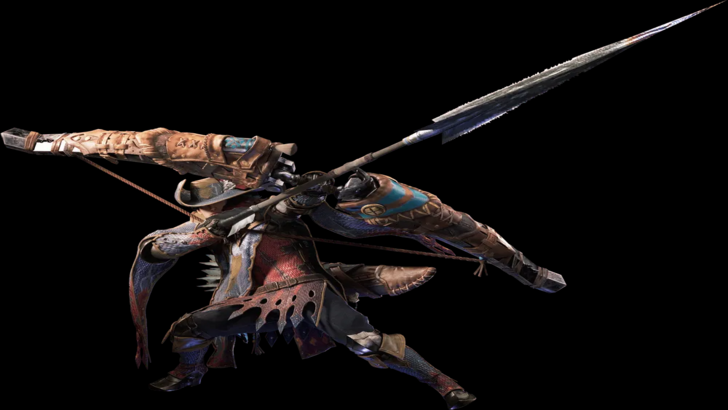
The Bow, introduced in Monster Hunter 2, is the most agile ranged weapon, focusing on close-to-mid-range combat and fluid combos. Its chargeable attacks and various Coatings allow for versatile playstyles. Monster Hunter World simplified its mechanics by integrating Shot Types into its base moveset, while Monster Hunter Rise reintroduced Shot Types tied to charge levels. The Bow's aggressive and combo-heavy nature makes it a unique choice among ranged weapons.
Third and Fourth Generation
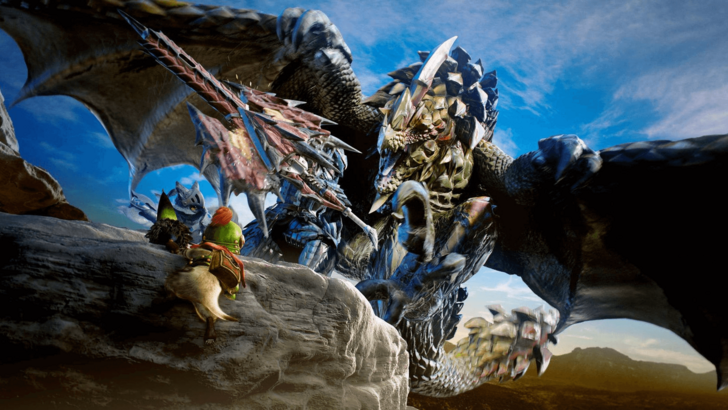
The third and fourth generations introduced innovative weapons that added new mechanics to the series.
Switch Axe
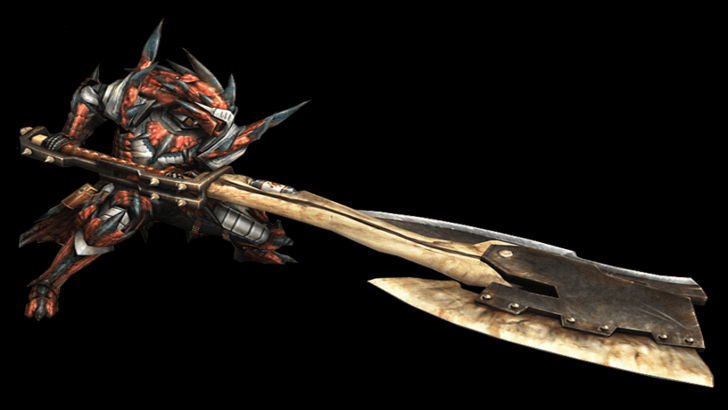
The Switch Axe, introduced in Monster Hunter 3, features two modes: Axe Mode for mobility and range, and Sword Mode for higher damage and the Elemental Discharge finisher. Its morphing capabilities were enhanced in Monster Hunter World with the Amped mechanic, and Monster Hunter Rise further improved the Amped state for both forms. The Switch Axe's unique gameplay mechanics make it a versatile and explosive weapon.
Insect Glaive
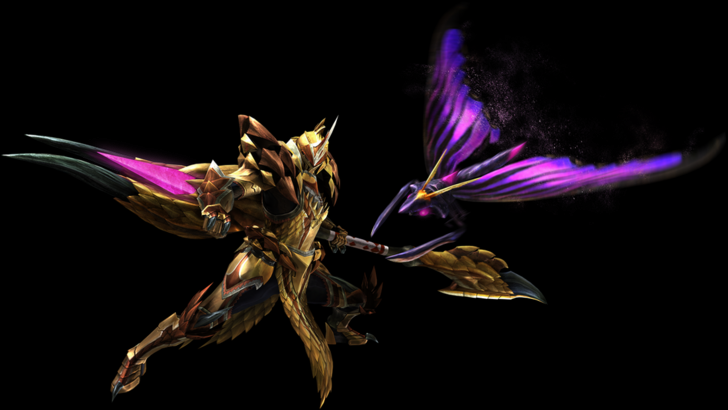
The Insect Glaive, introduced in Monster Hunter 4, is known for its aerial prowess and the Kinsect, which collects essences to grant buffs. The weapon's core gameplay revolves around collecting red, white, and orange essences for enhanced attack, mobility, and defense. Monster Hunter World: Iceborne added the Descending Thrust finisher, while Monster Hunter Rise simplified the Kinsect upgrade system. The Insect Glaive's unique mechanics and aerial capabilities make it a standout weapon in the series.
Charge Blade
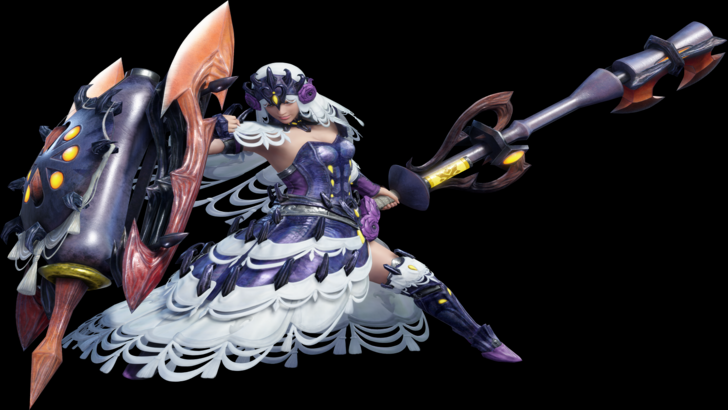
The Charge Blade, introduced in Monster Hunter 4, is a versatile weapon with Sword Mode for charging phials and Axe Mode for unleashing them with the Amped Elemental Discharge. Its Guard Points allow for defensive play while maintaining offense, making it a challenging but rewarding weapon to master. The Charge Blade's balanced offense and mechanical depth make it a favorite among players who enjoy complex gameplay.
Will There Be More?
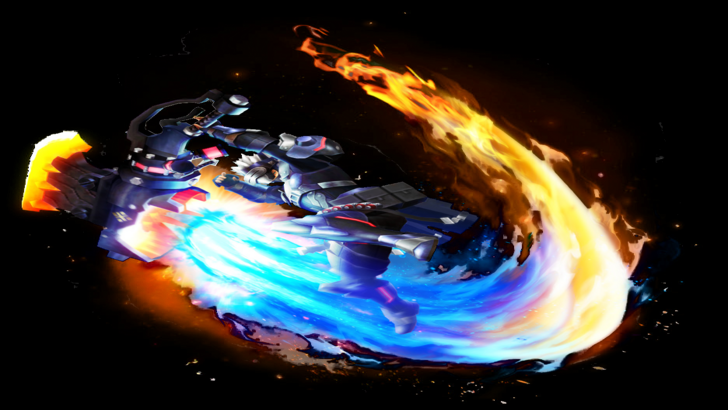
While Monster Hunter Wilds will feature the fourteen weapons listed, the series has a history of introducing new weapons and mechanics. With its long-standing legacy, it's likely that future games will continue to innovate and possibly reintroduce weapons from previous titles. As a fan, I'm excited to see what new weapons and gameplay elements the future holds, even if I'll likely stick to my trusty Sword and Shield.
You may also like...



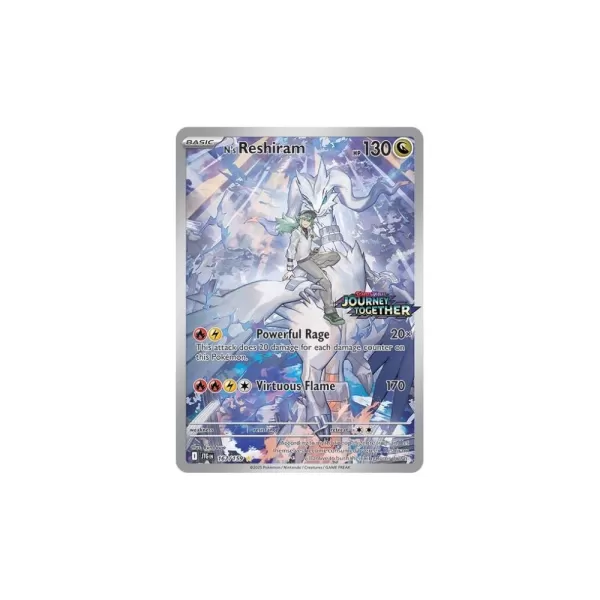
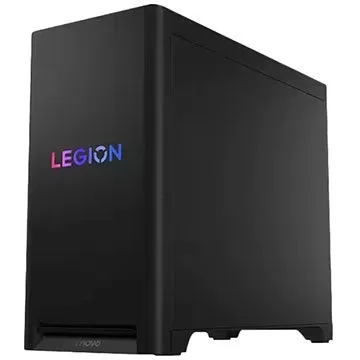


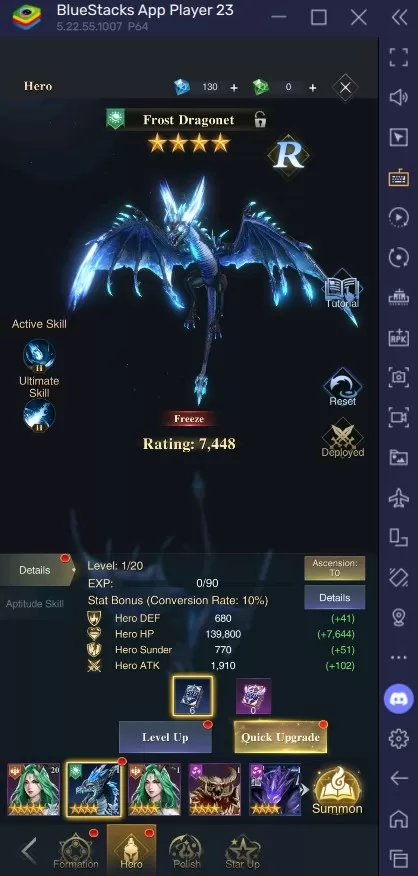

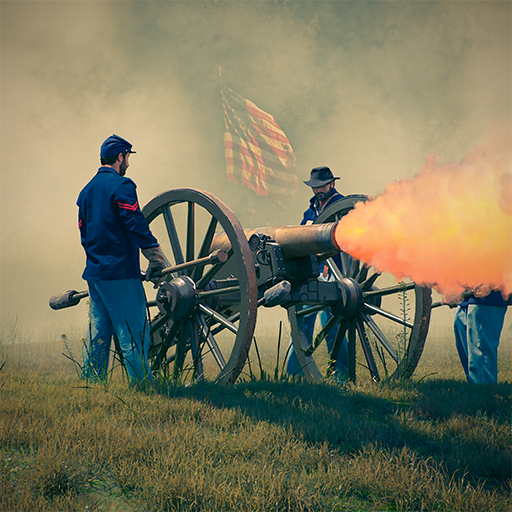




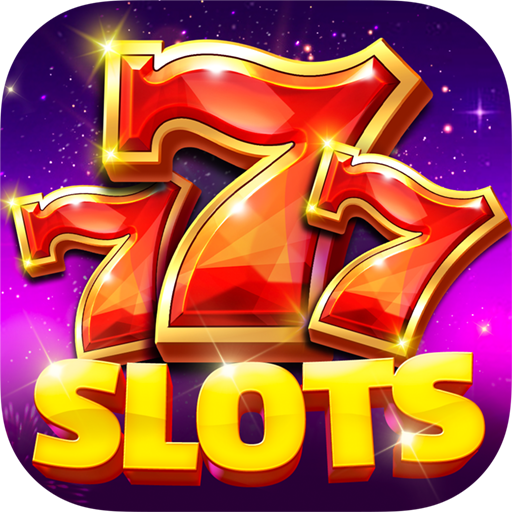









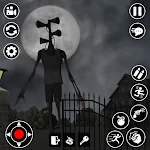

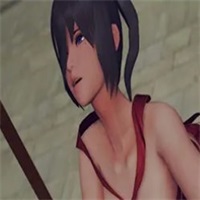
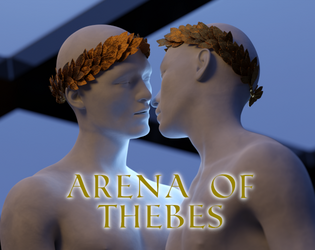
![City Devil: Restart [v0.2]](https://img.icssh.com/uploads/38/1719554737667e52b102f12.jpg)


